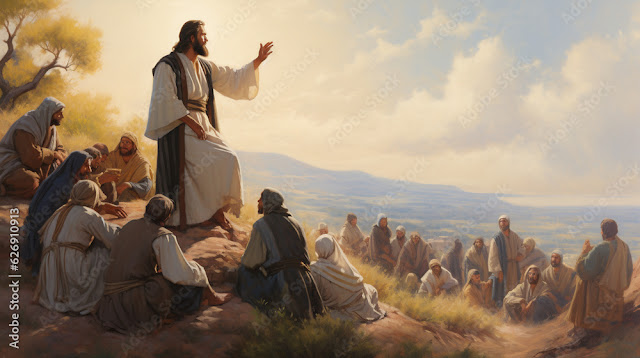H is for Hawk, Humanity, Healing and Harmony
H is for Hawk, Humanity, Healing and
Harmony
It is bright, after heavy rain, and the crowds of
closing time have gone. On this second expedition from the house Mabel grips
the glove more tightly than ever. She is tense. She looks smaller and feels
heavier in this mood, as if fear had a weight to it, as if pewter had been
poured into her long and airy bones. The raindrop marks on her tight-feathered
front run together into long lines like those around a downturned mouth. She
picks fitfully at her food, but mostly she stares, taut with reserve, about her.
She follows bicycles with her eyes. She hunches ready to spring when people
come too close. Children alarm her. She is unsure about dogs. Big dogs, that
is. Small dogs fascinate her for other reasons.
After ten minutes of haunted apprehension, the goshawk decides that she’s not
going to be eaten, or beaten to death, by any of these things. She rouses and
begins to eat. Cars and buses rattle fumily past, and when the food is gone,
she stands staring at the strange world around her. So do I. I’ve been with the
hawk so long, just her and me, that I’m seeing my city through her eyes. She
watches a woman throwing a ball to her dog on the grass, and I watch too, as
baffled by what she’s doing as the hawk is. I stare at traffic lights before I
remember what they are. Bicycles are spinning mysteries of glittering
metal. The buses going past are walls with wheels. What’s salient to the hawk
in the city is not what is salient to man. The things she sees are
uninteresting to her. Irrelevant. Until there’s a clatter of wings. We both
look up. There’s a pigeon, a woodpigeon, sailing down to roost in a lime tree
above us. Time slows. The air thickens and the hawk is transformed. It’s as if
all her weapons systems were suddenly engaged. Red cross-hairs. She stands on
her toes and cranes her neck. This. This flightpath. This thing,
she thinks. This is fascinating. Some part of the hawk’s young brain has
just worked something out, and it has everything to do with death.
The irony of it too: Overcoming the death of a
parent (or any loved one) by training a Raptor - a bird of prey, a
member of Creation’s experts in Death! Astonishingly, though, the woman and the
hawk exchange thought processes, see the world through one another’s eyes, and
communicate kinetically.
I am used to living and working with animals of the traditionally domestic sort - dogs and cats, for the most part. I appreciate the bond that is usually formed if the relationship is mutually healthy, loving and trusting. What caught my imagination with this book, and this peculiar inter-species relationship, was how apparent the One-ness of all things became. This is partly down to Macdonald’s gorgeous writing, of course, but also, I believe, the tuning in of my inner ear – and my “third eye” - homing in on the Truth of the integrity, interdependence, and unity (“One-ing,” as the mystics say) of all that is in God and of God.
Bonaventure
saw all things as likenesses of God (vestigia Dei)
and John Duns Scotus would later identify the univocity (one voice)
of all being. Professor Beatrice Bruteau wrote an amazing book on the
synchronicity of Science and Faith titled God’s Ecstasy (The Crossroad
Publishing Company, 1997). In her preface, Bruteau explains:
“The divinity is so
intimately present in the world that the world can be regarded as an incarnate
expression of the Trinity, as creative, as expansive, as conscious, as
self-realizing and self-sharing. I have called this creative act God’s ecstasy.
Ecstasy means standing outside oneself…Ecstasy has the connotation of extreme
love and supreme joy. That is right for the creation of the universe…Therefore,
we are not to feel the universe as cold, indifferent, or alien. Nor are we
ourselves strangers here, meaningless accidental products of mindless cosmic
shufflings. We belong to the universe, a living universe; we are its own
natural children - as the Desiderata says, “as much as the trees and
stars [and Hawks!], we have a right to be here.” H is for Hawk, certainly. It
is also for Humanity, for Healing, and for Harmony. Oh, and also for Heaven -
so we discover that, “as in heaven, so also on earth.”





Comments
Post a Comment